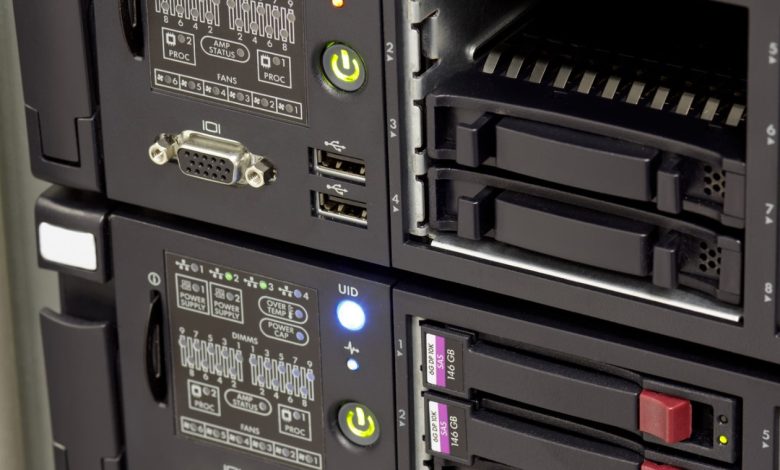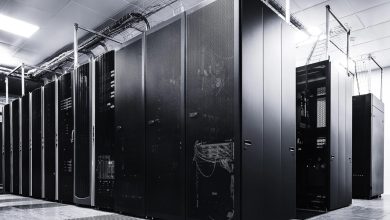What Are the Main Differences Between Desktop and Server Linux Distributions?

Linux is one of the most versatile operating systems in the world, powering everything from smartphones and desktops to enterprise-grade servers and cloud infrastructures. While the core of Linux remains the same across all variants, there are notable differences between desktop Linux distributions and server Linux distributions. Understanding these differences is crucial for businesses, developers, and IT professionals when choosing the right system for their needs.
1. Purpose and Target Users
The primary difference between desktop and Linux server distributions lies in their intended use.
- Desktop Linux distributions (like Ubuntu Desktop, Fedora Workstation, or Linux Mint) are designed for everyday personal or professional use. They offer user-friendly interfaces, multimedia support, and compatibility with various applications.
- Server Linux distributions (such as Ubuntu Server, CentOS Stream, Rocky Linux, or Debian Server) are optimized for hosting websites, applications, and databases. These are intended for system administrators and IT professionals who manage servers rather than end users.
2. Graphical User Interface (GUI)
Desktop Linux systems come with a Graphical User Interface like GNOME, KDE Plasma, or XFCE. These interfaces make it simple for users to interact with the system using windows, icons, and menus.
In contrast, Linux Server Hosting distributions typically run without a GUI. They are managed via a command-line interface (CLI), which reduces system resource usage and improves performance. Since most server administration tasks are handled remotely, there’s no need for a graphical environment. Removing the GUI also reduces potential security vulnerabilities.
3. Software and Package Selection
Desktop distributions come preloaded with software like web browsers (Firefox, Chrome), media players, office suites (LibreOffice), and graphics editors. These are geared toward productivity and personal computing.
Server distributions, however, include tools and packages necessary for hosting and networking, such as:
- Apache or NGINX for web hosting
- MySQL or PostgreSQL for databases
- SSH for secure remote management
- Docker or Kubernetes for containerized environments
4. Performance and Resource Optimization
Server distributions are designed to run continuously 24/7 with maximum reliability. They are optimized for stability, efficient memory management, and network throughput rather than graphical performance.
Desktop Linux systems, on the other hand, balance performance between multiple user-facing applications and visual effects. Servers prioritize CPU and RAM efficiency, while desktops emphasize smooth user experience.
5. Security and Updates
Security is critical for both environments, but server distributions take a more conservative approach to updates. Stability and long-term support (LTS) are prioritized over the latest features. For example, Ubuntu Server LTS or Red Hat Enterprise Linux (RHEL) offer up to 10 years of security updates.
Desktop Linux systems receive frequent updates and feature enhancements, providing users with the newest applications and UI improvements. However, server systems rely on carefully tested updates to prevent downtime or incompatibility with existing services.
6. Installation and Configuration
Installing a desktop Linux system is typically straightforward, thanks to guided installers, automatic partitioning, and pre-installed drivers.
Server Linux installations are often minimalist, giving administrators full control over which packages to install. This makes servers more secure and lightweight but requires greater technical knowledge.
7. Example Use Cases
- Desktop Linux: Personal computers, office workstations, educational environments, and development machines.
- Server Linux: Web hosting, file storage, cloud computing, virtualization, and enterprise infrastructure.
Check Also:-
- Managed Linux Dedicated Server Hosting in India
- Linux server price in india
- Linux Dedicated Server Hosting
- Linux Dedicated Server
- Linux Dedicated Server in India
- Dedicated Linux Server
Conclusion
While desktop and server Linux distributions share the same kernel, they are tailored for different purposes. Desktops prioritize user experience and accessibility, whereas servers focus on performance, stability, and security.
Choosing between the two depends on your goals, whether you’re building a personal computer for everyday use or setting up a reliable server environment for business applications. Understanding these distinctions ensures you select the right Linux variant to meet your technical and operational needs.



